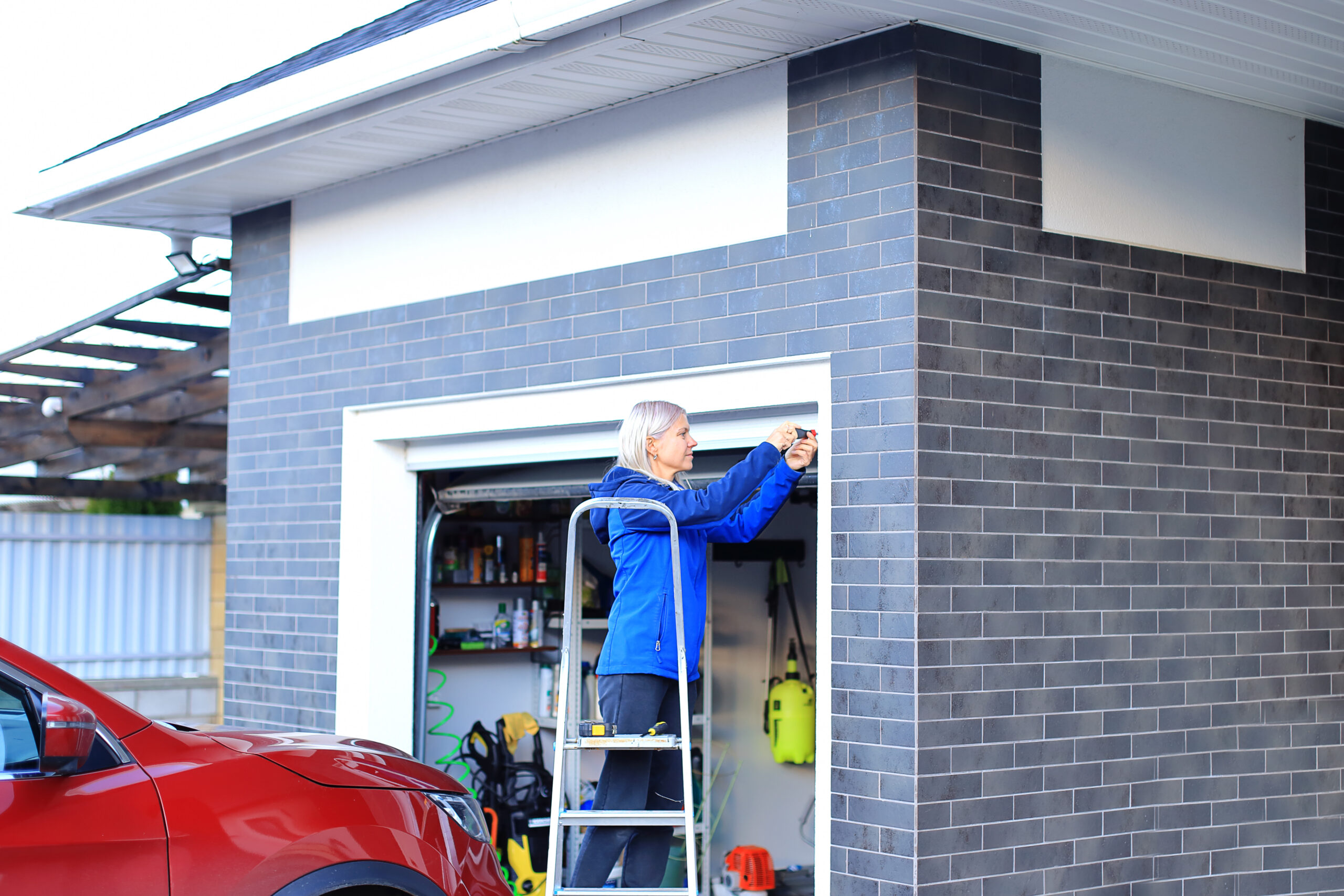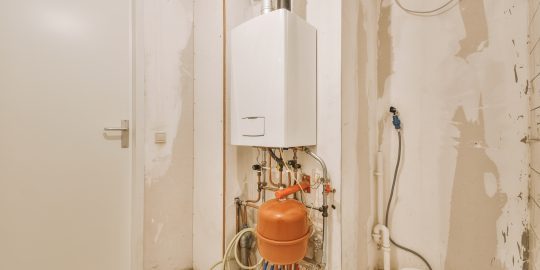Home maintenance encompasses a wide array of tasks, but few can be as simultaneously critical and daunting as repairing a garage door. Whether it’s the mechanical intricacies of garage door openers or the tension-filled tasks of fixing a garage door spring, understanding the fundamentals can save homeowners both time and money. This blog post aims to demystify the process, offering a step-by-step guide to tackling common issues such as installing garage door openers and repairing garage door springs, ensuring your garage door remains in top working order.
Understanding the Basics of Garage Door Repair
Garage doors are integral to the security and functionality of many homes, providing a safe and accessible entry for vehicles and storage. However, due to their frequent use and complex components, they’re prone to wear and tear. Recognizing the signs of wear can help in preempting more significant issues, making knowledge of basic repair techniques invaluable.
Installing Garage Door Openers
One of the most common upgrades or repairs for a garage door system is the installation of a new garage door opener. This device controls the mechanical operation of the door, ensuring smooth and efficient opening and closing. When choosing to install garage door openers, consider the following:
- Type of Opener: There are several types of openers, including chain-driven, belt-driven, and screw-driven. Each has its advantages, with belt-driven models being quieter but potentially more expensive.
- Power Rating: The opener should have a power rating suitable for the size and weight of your garage door. A standard double garage door typically requires at least a 1/2 horsepower motor.
- Safety Features: Modern openers come with safety features such as auto-reverse and emergency release. Ensure your chosen model includes these critical safety functions.
- DIY enthusiasts may be tempted to install a new opener themselves. While this is certainly possible with the right tools and a comprehensive understanding of the system, hiring a professional can ensure a smooth, safe installation.
Fixing Garage Door Springs
Arguably one of the most daunting aspects of garage door repair is dealing with the springs. Garage door springs counterbalance the weight of the door, making it easier to open and close. There are two main types of springs:
- Torsion Springs: Located above the door opening, torsion springs wind and unwind in a controlled manner to lift the door.
- Extension Springs: These are mounted on either side of the door and extend and contract to operate the door.
Repairing or replacing garage door springs can be hazardous due to the high tension they are under. If your door isn’t opening correctly, or if you notice a loud snap (indicative of a broken spring), it’s time to inspect your springs. Here are key considerations:
- Safety First: Due to the high tension in garage door springs, attempting a DIY repair can be extremely dangerous. It’s strongly advised to seek professional help.
- Life Expectancy: Springs have a life expectancy measured in cycles, with one cycle being a single opening and closing of the door. Most springs are rated for 10,000 cycles, so frequent use will wear them down faster.
- Replacement in Pairs: If one spring breaks, it’s advisable to replace both, as the other is likely close to failing as well.
- Regular Maintenance: Preventing Common Issues
Beyond fixing immediate problems, regular maintenance can prevent many common issues from arising:
- Lubrication: Regularly lubricating the moving parts of your garage door, such as the springs, rollers, and hinges, can significantly extend their lifespan and improve operation.
- Inspection: Conduct a visual and auditory inspection of your garage door monthly. Listen for unusual noises and look for wear and tear on parts.
- Balance Test: Disconnect the opener and manually open the door halfway. A well-balanced door will stay in place, indicating good spring condition.
When to Call a Professional
While some garage door repairs can be a manageable challenge for the DIY enthusiast, certain tasks, particularly those involving springs and opener installation, pose significant risks and technical challenges. Professional garage door repair services not only have the necessary tools and expertise but also understand the safety protocols to prevent injuries and ensure a high-quality repair.
Repairing a garage door, from installing new openers to fixing broken springs, requires a careful approach that balances DIY enthusiasm with a realistic assessment of the risks and complexities involved. By understanding the basics of garage door operation, recognizing when professional help is needed, and conducting regular maintenance, homeowners can ensure their garage doors remain functional, safe, and secure for years to come.
Remember, the key to successful garage door repair and maintenance lies in regular checks and recognizing your limits. While it’s rewarding to fix issues on your own, never compromise on safety. For the more complex or hazardous repairs, such as dealing with high-tension springs or installing new openers, consider hiring a professional. Not only does this ensure a job well done, but it also protects you from the potential risks associated with these repairs.
In conclusion, while the task of repairing a garage door may seem daunting at first, a methodical approach to troubleshooting, combined with a willingness to call in professionals when necessary, can make the process much more manageable. Whether it’s a simple lubrication job, installing a new opener, or replacing a broken spring, taking care of your garage door is an essential part of home maintenance that contributes to the safety, efficiency, and convenience of your household.


